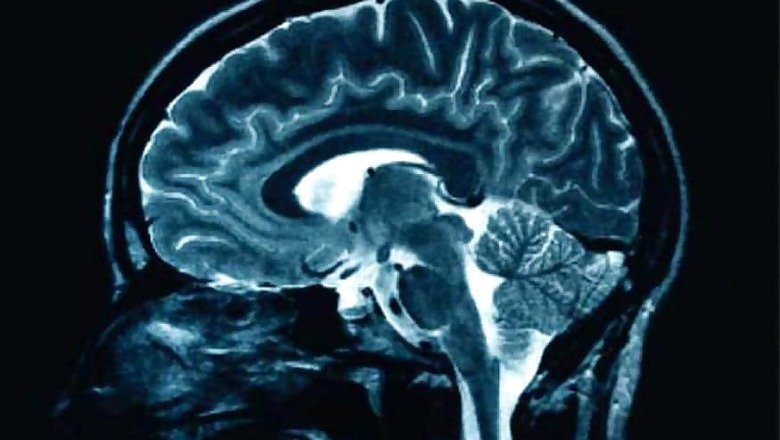
views
New York: Traumatic stress may have different impact in the brains of adolescent boys and girls, according to a new brain-scanning study.
The study found structural differences between the sexes in one part of the insula -- a brain region -- among the youth with post-traumatic stress disorder (PTSD) -- a mental health condition triggered by experiencing or seeing a terrifying event.
"The insula appears to play a key role in the development of PTSD. The difference we saw between the brains of boys and girls who have experienced psychological trauma is important because it may help explain differences in trauma symptoms between sexes," said Victor Carrion, Professor at Stanford University in California.
"Our findings suggest it is possible that boys and girls could exhibit different trauma symptoms and that they might benefit from different approaches to treatment," added Megan Klabunde, psychologist from Stanford University.
In the study, the research team conducted MRI scans of the brains of 59 study participants aged 9-17. Thirty of them -- 14 girls and 16 boys -- had trauma symptoms, and 29 others -- the control group of 15 girls and 14 boys -- did not.
In the control group, no differences was found in the brain structure of boys and girls.
However, among the traumatised boys and girls, they saw differences in a portion of the insula called the anterior circular sulcus. This brain region had larger volume and surface area in traumatised boys than in boys in the control group.
Insula's volume and surface area were smaller in girls with trauma than among girls in the control group, the researchers said.
In addition, the research also implies that traumatic stress could contribute to accelerated cortical ageing of the insula in girls who develop PTSD, Klabunde noted, adding that the study may help scientists understand how experiencing trauma could play into differences between the sexes in regulating emotions.
The paper was published online in the journal Depression and Anxiety.




















Comments
0 comment